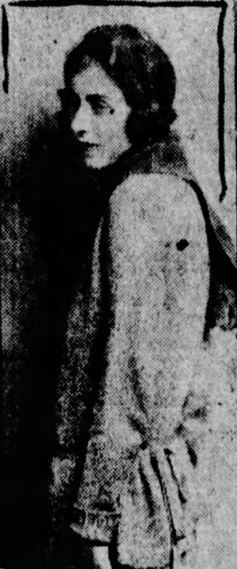George Paget Thomson facts for kids
Quick facts for kids
Sir George Paget Thomson
|
|
|---|---|
 |
|
| Born | 3 May 1892 Cambridge, England
|
| Died | 10 September 1975 (aged 83) Cambridge, England
|
| Nationality | British |
| Alma mater | Trinity College, Cambridge |
| Known for | Electron diffraction |
| Spouse(s) | Kathleen Buchanan Smith |
| Children | 2 sons, 2 daughters |
| Awards | Howard N. Potts Medal (1932) Nobel Prize in Physics (1937) Hughes Medal (1939) Royal Medal (1949) Faraday Medal (1960) |
| Scientific career | |
| Fields | Physics |
| Institutions | |
| Academic advisors | J. J. Thomson |
Sir George Paget Thomson (born May 3, 1892 – died September 10, 1975) was a famous British physicist. He won the Nobel Prize in Physics because he discovered that electrons, tiny particles, can also act like waves. This discovery was made using a method called electron diffraction. He was also a Fellow of The Royal Society, a group of top scientists.
Contents
Early Life and Education
George Thomson was born in Cambridge, England. His father was also a famous physicist and Nobel Prize winner, J. J. Thomson. His mother was Rose Elisabeth Paget.
George went to The Perse School in Cambridge. After that, he studied mathematics and physics at Trinity College, Cambridge. His studies were interrupted when World War I started in 1914. He joined the army and later transferred to the Royal Flying Corps in 1915. There, he worked on research about how air moves around objects, which is called aerodynamics. He left the army in 1920.
Scientific Discoveries and Career
After serving in the First World War, Thomson became a Fellow at Cambridge University. Later, he moved to the University of Aberdeen. It was at Aberdeen that he made his groundbreaking discovery.
In 1937, George Thomson shared the Nobel Prize for Physics. He won it for showing that electrons have wave-like properties. Another scientist, Clinton Davisson, made the same discovery on his own.
This was very important because George's father, J. J. Thomson, had shown that the electron was a particle. George, however, proved that electrons could also be diffracted like waves. This showed a key idea in physics called wave–particle duality. This idea means that tiny things like electrons can act as both particles and waves. A scientist named Louis de Broglie had first suggested this idea in the 1920s.
From 1929 to 1930, Thomson taught at Cornell University in New York. In 1930, he became a Professor at Imperial College London. During the late 1930s and Second World War, Thomson focused on nuclear physics. He worked on how atomic energy could be used. He was the chairman of an important group called the MAUD Committee from 1940 to 1941. This committee concluded that it was possible to create an atomic bomb. Later in his life, he continued to work on nuclear energy. He also wrote books about aerodynamics and the importance of science in society.
Thomson stayed at Imperial College until 1952. Then, he became the Master of Corpus Christi College, Cambridge. In 1964, a building at the college was named the George Thomson Building in his honor.
Awards and Recognition
Besides winning the Nobel Prize in Physics, George Thomson was made a knight in 1943. This means he was given the title "Sir." He also gave an important speech called "Two aspects of science" when he was president of the British Science Association from 1959 to 1960.
Personal Life
In 1924, Thomson married Kathleen Buchanan Smith. They had four children: two sons and two daughters. Kathleen passed away in 1941. George Thomson died in 1975 and is buried with his wife in Granchester Parish Churchyard.
His son, Sir John Thomson, became a senior diplomat. A diplomat is someone who represents their country in other nations. Sir John served as High Commissioner to India and Permanent Representative to the United Nations. George's grandson, Sir Adam Thomson, also became a senior diplomat. He served as High Commissioner to Pakistan and Permanent Representative to NATO. One of his daughters, Lillian Clare Thomson, married a South African economist and mountaineer named Johannes de Villiers Graaff.
See also
 In Spanish: George Paget Thomson para niños
In Spanish: George Paget Thomson para niños


